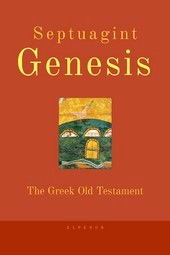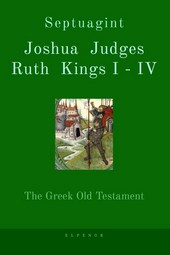Having tried it a couple of times, I understand the difficulties of converting a real-life story to fictional form, either for stage or screen. Life is too detailed and complex to translate unedited into drama. To marshal the energies of a real-life story, it is always necessary to nip and tuck, elide, compress, transpose, foreshorten, conflate. But in doing this, it is all the more vital that the essence of a story be protected and respected.
McCarten, speaking of writing versions of real-life figures, has said: “Whether they’re alive or dead, you still have to do justice to them. You can’t do injury to their character. You can’t have them doing terrible things when they didn’t do terrible things.” How, then, can he justify The Two Popes? It treats Benedict XVI as though he were not human, as though he were not alive, as though he were unbeloved, as though he had never existed. This is outrageous, yes, but it is also not good art. The propulsion of story is an insufficient justification for the levels of invention, prejudice, and partisanship on display here. The movie title is elaborated by the weasel words, “Inspired by true events.” Yes, but this inspiration has resulted in a farrago of falsehoods. McCarten owes Benedict an apology.
It has been observed that The Two Popes is ultimately frivolous—a “holy bromance,” a “buddy movie,” a sort of “odd couple” remake. So, you know, lighten up! And this is the level on which it is most successful. Yet this is also the movie’s most insidious aspect: It draws you into itself. In the depths of its mendaciousness and shallow moralizing, an engaging and moving story of a personal encounter is told. This means that, as propaganda, this movie is both hugely effective and extremely dangerous.








